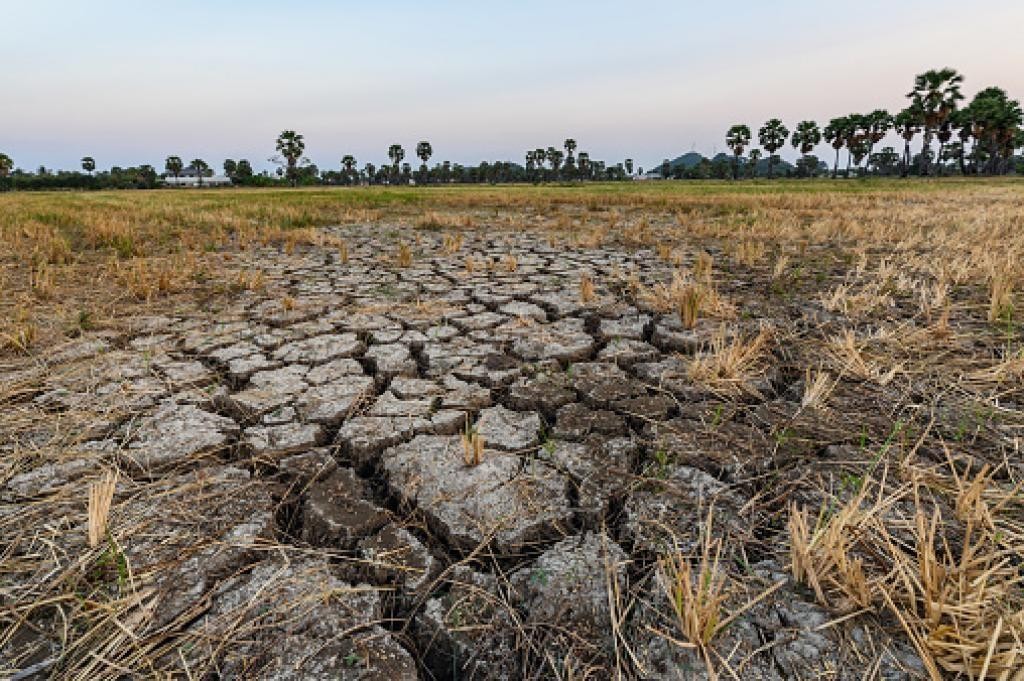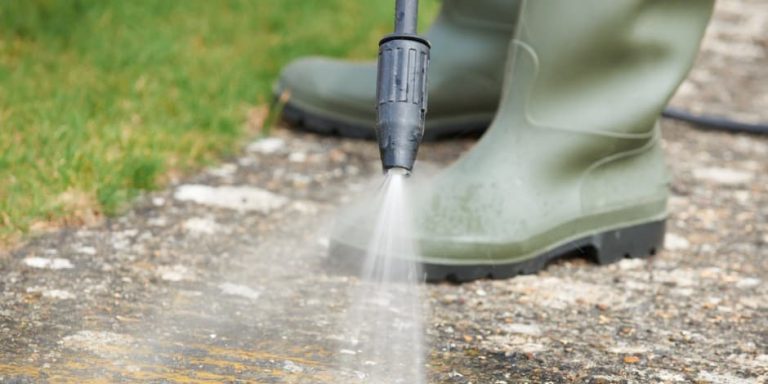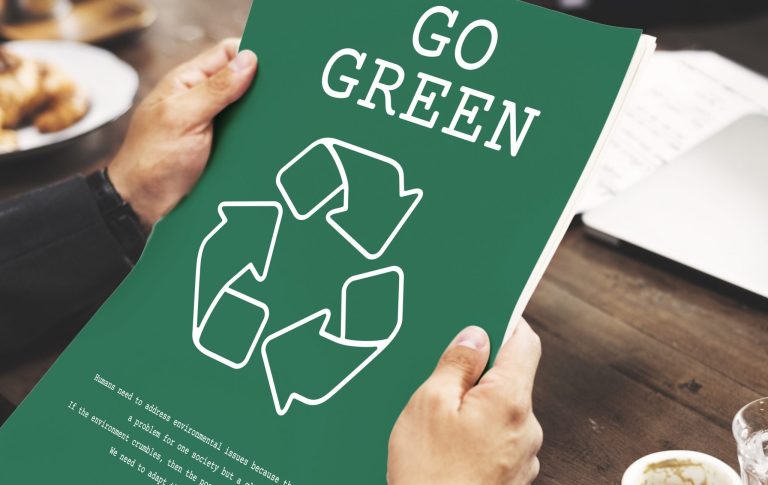
Power washing might seem like a surface-level activity—spray, rinse, repeat. But what many don’t realize is that the rinse water doesn’t just disappear. In most cases, it runs off onto surrounding soil, seeping into landscapes, lawns, or nearby planting beds. Over time, frequent exposure to this runoff can significantly degrade soil health, affecting everything from plant growth to groundwater quality.
In this article, we’ll explore how power washing runoff contributes to long-term soil degradation, the signs of damage, and how to prevent it. 🌧️🌿
💦 What’s in the Runoff?
Power washing runoff is rarely just water. Depending on the job, it may contain:
- Detergents and degreasers
- Bleach or disinfectants
- Paint chips, oils, or sealants
- Grime, sediment, and fine particulate matter
Once that water hits the ground, it’s absorbed into the topsoil, where these chemicals can begin altering the soil’s physical and biological makeup. 🧪
🧬 How Runoff Affects Soil Over Time
Soil is more than just dirt—it’s a living system filled with microorganisms, organic matter, and delicate nutrient balances. Power washing runoff can compromise this system in multiple ways:
1. Chemical Imbalance
Many cleaning agents contain alkaline or acidic compounds that alter the pH of the soil. Soil that’s too acidic or too basic can:
- Inhibit nutrient absorption
- Reduce crop and plant yields
- Damage root systems
2. Toxic Residue Build-Up
Chemicals like bleach, surfactants, and petroleum residues may build up over time, leading to:
- Microbial die-off in soil ecosystems
- Reduced earthworm activity, which hurts aeration
- Inhibited decomposition of organic matter
3. Nutrient Leaching
Excess water pressure and volume can flush away vital nutrients like nitrogen, phosphorus, and potassium—especially in sandy or loose soils. Over time, this results in nutrient-poor soil that cannot support robust plant life. 🌱
4. Compaction and Erosion
Runoff can create small channels or rills that erode topsoil and compact lower layers, reducing drainage and oxygenation. This leads to:
- Pooling water on the surface
- Poor plant growth
- Cracked, dried-out soil in dry seasons
🧪 Real-World Case Example: Residential Lawn Decline
In one suburban neighborhood, a homeowner routinely power washed their patio and driveway every two weeks. The runoff drained onto the same sloped lawn area each time. Within a year:
- Grass in the area turned yellow and patchy
- Weeds began overtaking the zone
- A soil test showed high sodium levels and low organic matter content
It turned out that the detergent used for washing vehicles contained salt-based softeners and degreasers—safe for cars, but damaging to soil life. 🧼🧂
🧠 Why Soil Health Matters
Soil health isn’t just important for landscaping—it’s fundamental to environmental sustainability. Healthy soil:
- Acts as a carbon sink, helping mitigate climate change
- Filters and purifies groundwater before it enters aquifers
- Supports robust plant growth, which aids in erosion control
- Hosts countless beneficial microorganisms that improve biodiversity
When soil becomes degraded, the effects ripple outward—affecting stormwater control, plant vitality, and even local food production systems. 🌾
⚠️ Signs of Soil Degradation from Power Washing
Watch for these red flags:
- Standing water or slow drainage after washing
- Loss of grass or ground cover near wash zones
- Increased erosion near runoff paths
- Hard, compacted soil that’s difficult to dig
- Decreased earthworm activity or visible die-off of plants
✅ Sustainable Power Washing Practices
Contractors and homeowners can prevent long-term soil degradation by making a few key adjustments:
1. Redirect Runoff
- Use temporary berms or drainage mats to steer water toward impervious surfaces like driveways instead of planting beds
- Avoid letting runoff settle in the same area repeatedly
2. Use Soil-Safe Detergents
- Choose biodegradable and pH-neutral cleaners
- Avoid products with bleach, sodium hypochlorite, or ammonium compounds
- Look for the EPA Safer Choice label
Browse Amazon Here For Biodegradable Pressure Washing Detergents
3. Dilute and Rinse Carefully
- If you must use stronger chemicals, rinse with clean water afterward to dilute residue
- Perform a “water-only test” to see how much dirt comes off without detergent—less is more!
4. Monitor Soil Health
- Test soil pH and nutrient content once or twice a year
- Apply compost or organic amendments if degradation is suspected
- Plant cover crops or grasses that improve soil structure and prevent erosion
5. Rotate Washing Zones
If you perform regular washes, try to rotate where the runoff goes each time. Giving soil a break between exposures can help it recover naturally.
📊 Table: Chemical Impact on Soil
| Chemical Type | Common Source | Soil Impact |
|---|---|---|
| Surfactants (NPEs) | General-purpose detergents | Kills soil microbes, impairs water retention |
| Bleach (Sodium Hypochlorite) | Mold/mildew removers | Inhibits plant growth, reduces organic matter |
| Degreasers (Petroleum-based) | Garage and auto cleaning | Toxic residue buildup, disrupts worms |
| Acid Cleaners | Rust removers, stain fighters | Alters pH, dissolves beneficial minerals |
🌍 Final Thoughts
Power washing is a powerful tool for cleanliness, but what we wash away doesn’t just vanish—it goes somewhere, and often that “somewhere” is into the ground beneath our feet.
Left unchecked, the runoff from frequent pressure washing can weaken soil structure, poison microorganisms, and reduce the land’s ability to support plant and microbial life. Fortunately, small changes in technique, chemical selection, and runoff management can go a long way.
If we want a greener planet, we need to treat our soil with as much care as we treat our surfaces. 🌱💧♻️
Browse Amazon Here For Eco-Friendly Pressure Washing Detergents






